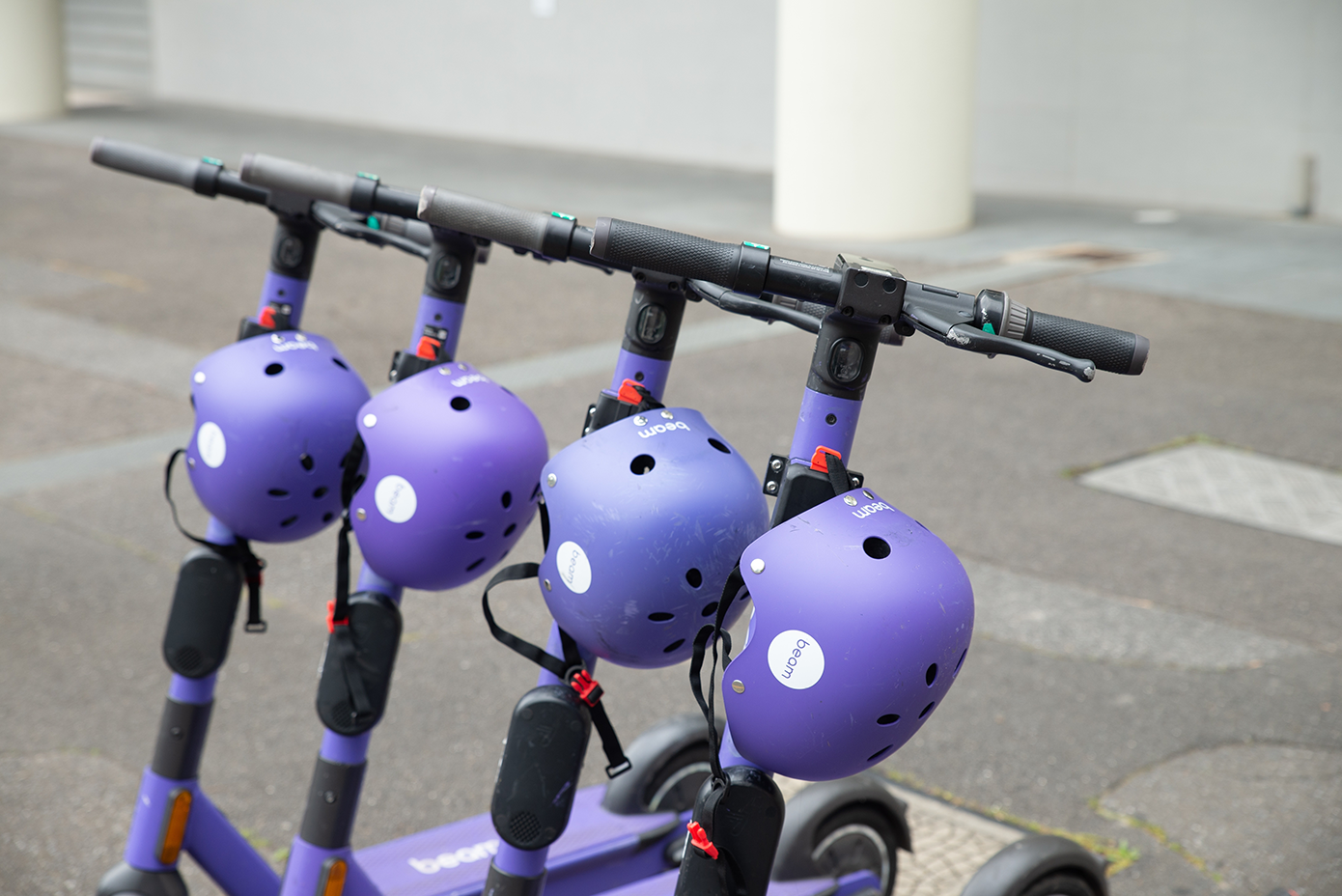The benefits of electric scooters are obvious. They are compact, fast, and reduce road congestion and pollution. However, the Australian Government doesn’t share this appreciation and, in most states, they’re not welcome on the roads. Only Queensland, WA and the ACT allow the use of electric scooters on roads, alongside strict regulations that differ for each state.
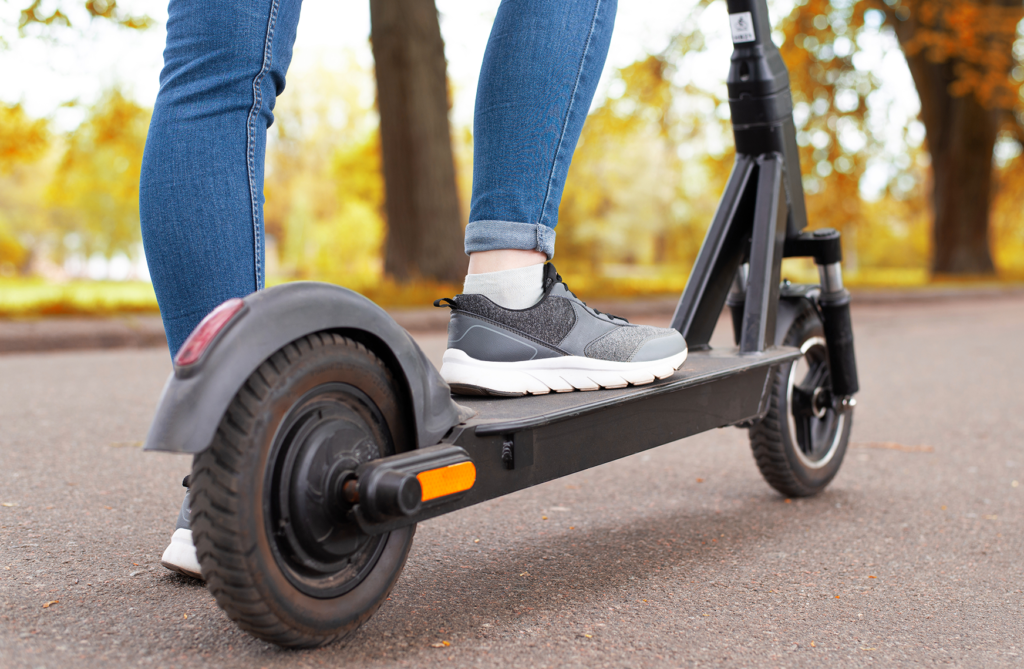
While safety concerns appear to be the driving factor behind the other states’ refusal to legalise electric scooters for on-road use, the biggest issue emerging globally is fires and explosions occurring when electric-scooters are charging.
Lithium-ion batteries are the most widespread portable energy storage solution – but there are growing concerns regarding their safety.
Data collated from state fire departments indicate that more than 450 fires across Australia have been linked to lithium-ion batteries in the past 18 months.
Lithium-ion batteries are used in a wide range of hardware, from electric vehicles and electric scooters to mobile phones, laptops and most rechargeable devices. Residential solar battery systems also utilise the technology, all the way up to grid-scale energy storage systems.
Unfortunately, as even Fire and Rescue NSW acknowledge, not enough is yet known about the probability of lithium-ion battery failure, their mechanisms of failure and potential consequences of failure.
The problem with lithium-ion batteries
There have been several examples across the world of serious and significant damage caused by exploding batteries, including incidents in Australia.
All types of batteries can be hazardous and can pose a safety risk. The difference with lithium-ion batteries available on the market today is that they contain a liquid electrolyte solution with lithium salts dissolved into a solvent, like ethylene carbonate, to create lithium ions.
It is the presence of these lithium ions that yield superior battery performance, allowing the battery to store a large amount of energy in a relatively small area, which is why they are so useful.
The liquid electrolyte containing these lithium ions is also highly volatile and flammable, which creates a serious risk of fire or explosion, particularly when exposed to high temperature, and if the battery cells are physically damaged, the electrolyte can leak, creating another potential hazard.
In addition to this, the way a lithium-ion battery produces power also generates heat as a by-product. The heat required to generate the chemical reaction to make the battery work, creates even more heat and more chemical reactions in a disastrous spiral.
In an uncontrolled failure of the battery, the energy and heat increase the hazard risks in terms of fuelling a potential fire, and with temperatures reaching up to 400 degrees Celsius in just a matter of seconds, peak fire temperatures can be higher than this.
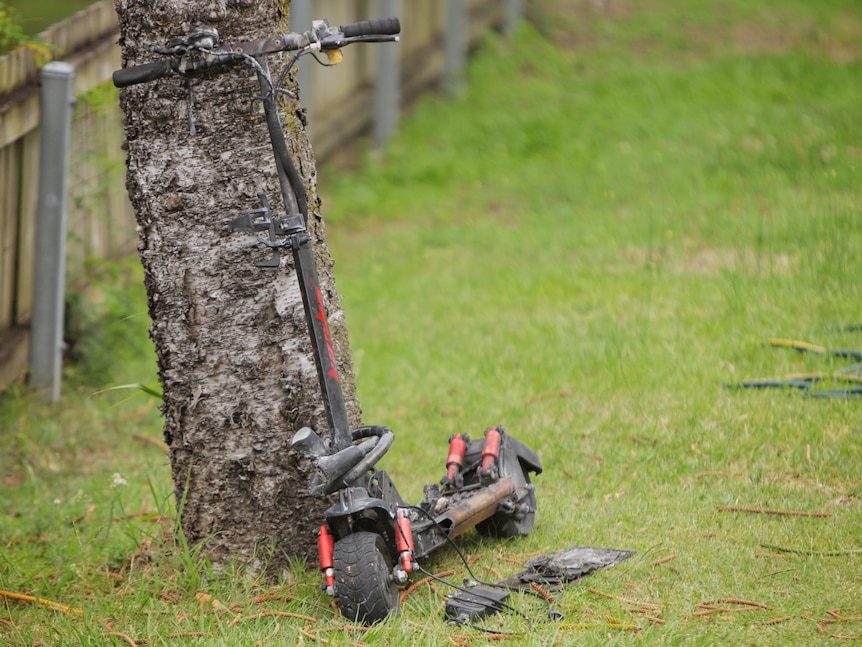
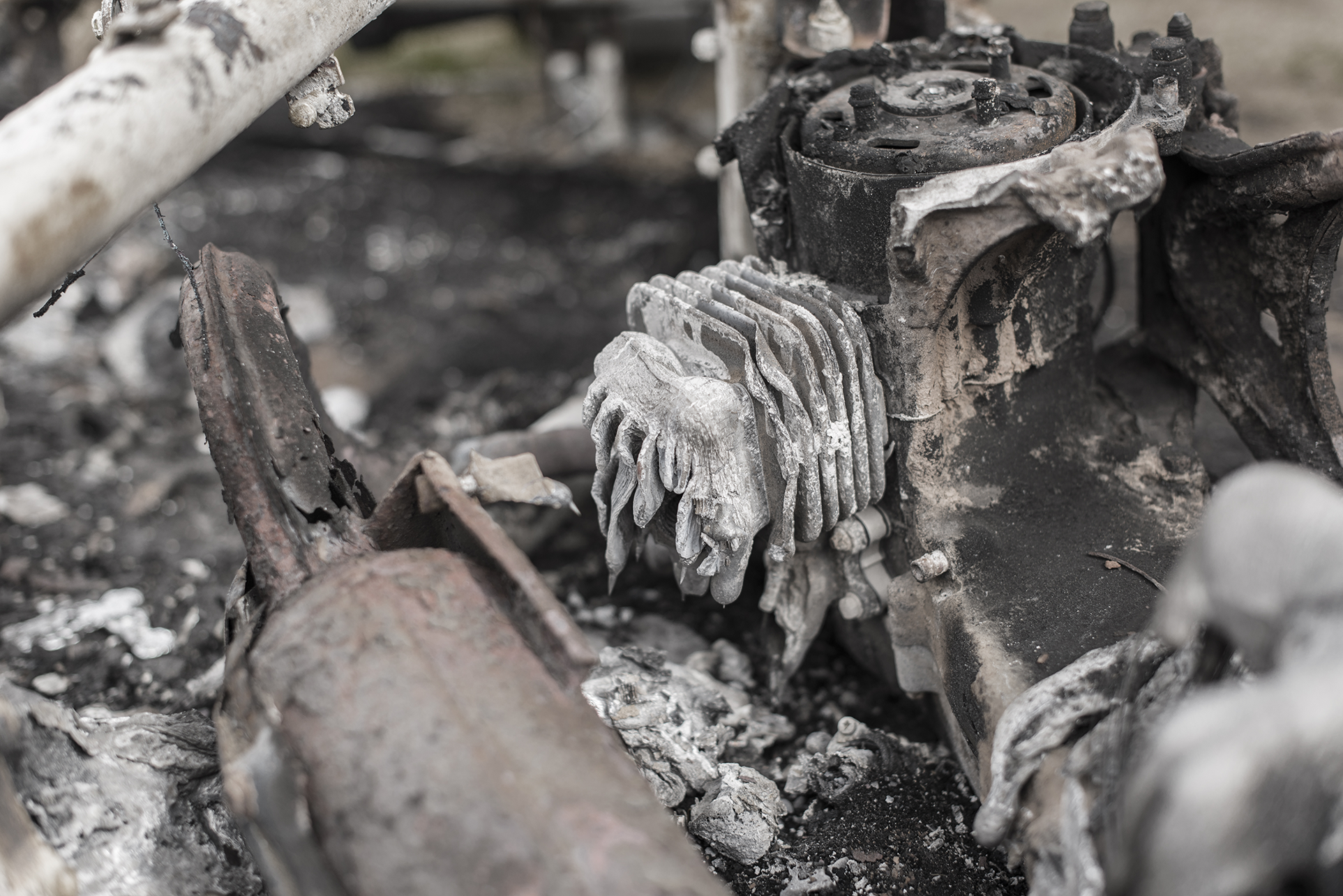
What causes lithium-ion batteries to fail?
Overheating is one of the main causes of lithium-ion battery failures, although physical damage to the battery can also lead to problems.
Using a faulty charger, overcharging the battery or creating a short circuit can also damage the battery cell internally, causing it to fail.
Why are lithium-ion battery failures so dangerous?
The major issue with lithium-ion batteries overheating is a phenomenon known as thermal runaway. This phenomenon means that any fire occurring is not easily contained and is self-sustaining which is why they are considered more volatile than other battery types.
Special lithium-ion gel extinguishers do exist but are not yet widely available for all lithium-ion battery applications. And even when a lithium-ion battery fire appears to have been extinguished, it can reignite hours – or sometimes even days – later.
Lithium-ion batteries can also release highly toxic gases when they fail, and excessive heat can also cause them to explode.
What needs to be done to make lithium-ion batteries safer?
Lithium-ion battery packs do feature a battery management system (BMS) which is designed to protect the battery cells and prevent failures from occurring.
The BMS tracks data including temperature, cell voltage, cell current, and cell charge to help ensure that each part of the battery is working correctly and safely. Cooling provisions can also be linked to a BMS to reduce the battery pack temperature if it is getting too hot.
However, it is vital that any battery management system is monitored to make sure it is working correctly, as failure of the BMS can indirectly lead to failure of the lithium-ion batteries themselves. It should be noted that many smaller lithium-ion applications do not possess a BMS as it is not cost-effective to do so.
UNSW expert, Dr Matthew Priestley from the Energy Systems Research Group in the School of Electrical Engineering and Telecommunications, said: “What we are worried about at the moment is the fact there is very little regulation regarding lithium-ion batteries and the safety aspect associated with that.
“At the moment, most people do not have an adequate understanding about the risks associated with these batteries, or enough respect for them. I don’t think there is enough education regarding proper use, and storage, and recycling or disposal of lithium-ion batteries and that is the key moving forward.”
Dr Priestley is the lead academic on a project that will develop a short course aiming to educate the public, tradespeople and other key stakeholders of the risks associated with high energy battery systems. And here he helps explain the key issues, and potential solutions, regarding lithium-ion battery safety.
“It is common for electric scooters to be modified after-market so they can travel at faster speeds, which involves increasing the voltage delivered to the motor from the battery and is a leading cause of scooter battery fires. Modifying or repairing e-bike or e-scooter batteries is a major fire safety risk.
“Always follow the manufacturer’s guidelines, and don’t leave anything unattended while it’s charging – it might be easy to plug it in and go to bed, but we’d advise against that,” said Priestley.
A significant concern is building residents who store scooters in their apartments. Apart from the potential danger to multiple residents, they could present obstacles blocking exits in the event of a fire. Ideally, scooters should be stored somewhere that does not block egress.
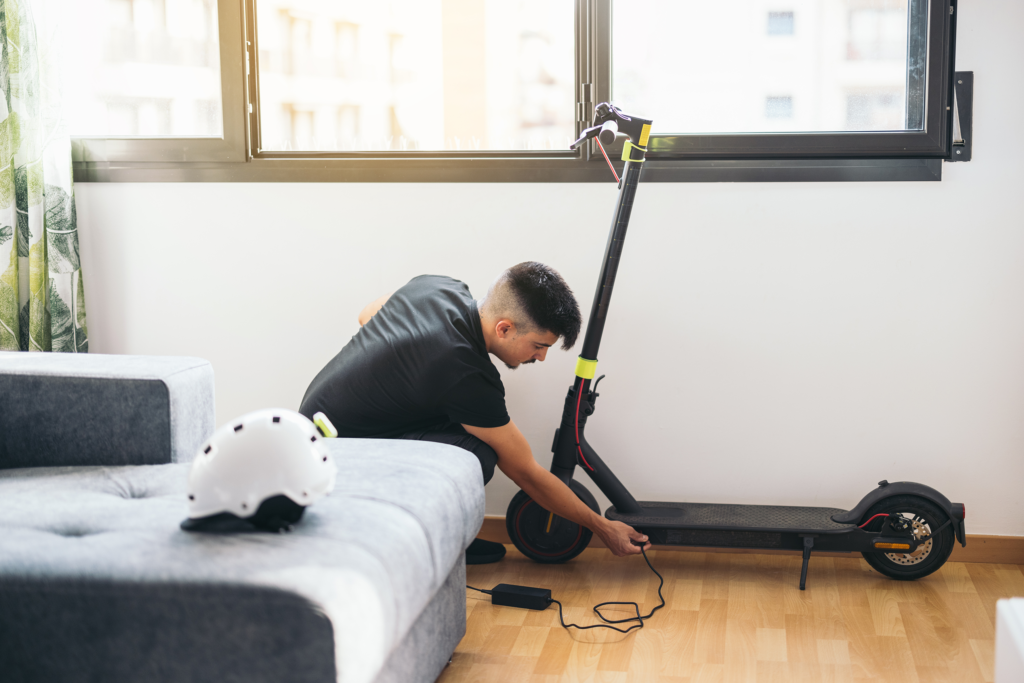
How do insurance companies deal with this emerging risk?
Insurance organisations providing building insurance for community living properties have received several enquiries about how strata insurance policies deal with the impact of fires or explosions caused by charging electric scooters.
There are presently no specific cover exclusions relating to this type of incident. However, given the prevalence of these occurrences, and the fact that electric scooters are charged within the confines of a unit, policy exclusions may apply in the future.
Insurance is always a balance of risk versus exposure and as the risk increases, so does the exposure to what could potentially be a very significant loss. Insurers will react accordingly.
If one is lucky the impact of a fire will be limited to physical damage to the property, but there is always the potential for injuries or fatalities.
In serious cases, fire is an accepted peril under strata insurance and cover is extended to damage to the building and common contents. One should remember however, that a strata insurance policy provides cover for building and common contents only. If personal items belonging to an owner or occupant are damaged, they will need to make a claim with their own contents insurer.
There may also be a liability exposure for the occupant if it can be proven they failed to follow manufacturer’s recommendations for the use, care, and charging of an electric scooter.
What can strata schemes do?
A strata or body corporate scheme can take steps in making their occupants aware of the dangers and the potential for significant damage and possibly loss of life. Posting appropriate signage and issuing all occupants with guidelines about the risks of charging electric scooters, including (but not limited to):
- Find a suitable place to charge your electric scooter away from any heat sources or combustible items, such as curtains, bedsheets, carpets, or fabric that can easily catch fire.
- Avoid charging the electric scooter immediately after using it, wait for the battery to cool down.
- Older batteries are more likely to catch fire and will cause the device to overheat. If the scooter is getting too hot and not turning on (even though it’s plugged in and charged), this may be a sign that the battery needs replacement.
- Avoid keeping the machine in places with extreme temperatures, such as out in the sun all day or, in the kitchen.
- Don’t overcharge the battery as some batteries may not be equipped with an auto power-off function. Always follow the manufacturer’s instructions for charging and do not leave charging overnight, especially unattended.
- Ensure proper storage when not in use. Tape over the charging terminals and store batteries at room temperature away from heat sources and combustible items.
- Replace the battery regularly but, do so immediately if the battery is showing signs of wear or physical damage.
In conclusion
“Electric scooters are a fun and inexpensive way to move around our cities, while doing your bit for climate change and inner-city congestion,” said Priestley. “But owners are urged to make informed choices when purchasing and maintaining electric scooters.”
Excerpts of this article were republished from an article by Dr Matthew Priestley, UNSW expert from the Energy Systems Research Group and an article by Rhiannon Shine, ABC News.
